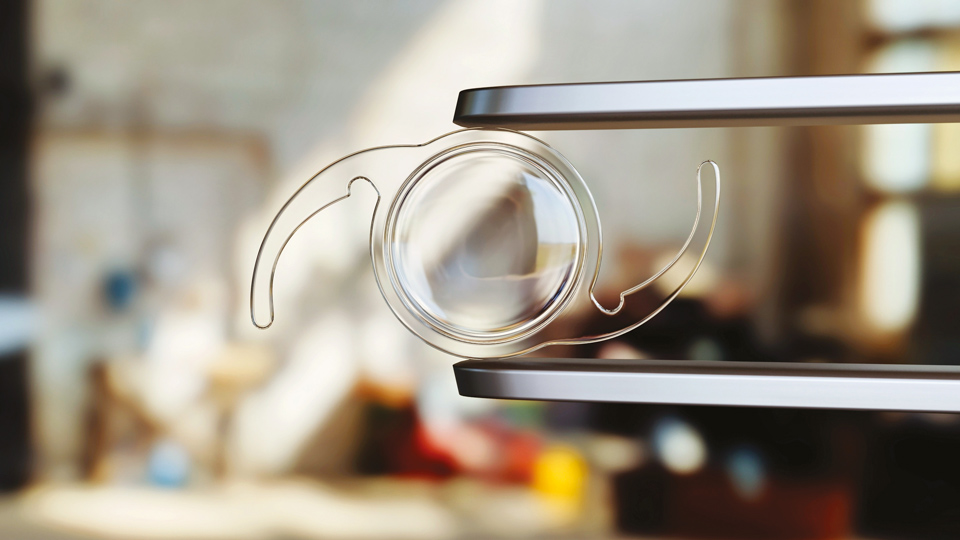Benefits of strength training
22/04/2025

25/11/2024
Cataract surgery is one of the most frequently performed operations with one of the highest success rates in ophthalmology. It involves removing the opaque crystalline lens and replacing it with an intraocular lens. There are various types of intraocular lenses, each with specific characteristics designed to meet the individual vision needs of each person.
The choice of intraocular lens for cataract surgery should be based on the patient’s visual needs and expectations. Each type of lens offers distinct advantages and limitations. Monofocal and monofocal plus lenses provide good visual quality for a specific distance, while extended range, bifocal, and trifocal lenses offer greater versatility and the potential for independence from glasses.
It is important to understand that, similar to a mobile phone, the higher the performance of the lens, the greater the difficulty in adapting to or learning how to use it. Therefore, it is essential to consult an ophthalmologist to determine the most appropriate and personalized option.
Monofocal lenses
These lenses focus on a single distance (far or near), with the other distance requiring compensation with glasses. They are ideal for individuals who do not mind wearing glasses.
Monofocal plus lenses
While these lenses also have a single main focal point, they are designed with features that enhance intermediate and near vision compared to traditional monofocal lenses. They do not completely eliminate the need for glasses but reduce their use.
Extended range lenses
These lenses offer continuous vision from intermediate to far distances and provide adequate functional vision up close, requiring correction only for “small print.” They are ideal for individuals seeking independence from glasses in daily activities.
Bifocal lenses
Bifocal lenses have two focal points: near and far. They allow clear vision at these distances but do not provide clear intermediate vision.
Trifocal lenses
Trifocal lenses offer three focal points, enabling clear vision at near, intermediate, and far distances. They are recommended for active individuals seeking maximum independence from glasses.
Dr. Elena Barraquer, ophthalmologist at the Barraquer Ophthalmology Centre.
Cataracts are an eye condition that will affect 100% of the population and surgery is its only treatment. But this common procedure continues to cause a great deal of concern to patients because of lack of awareness and due to a large number of false myths that must be debunked.